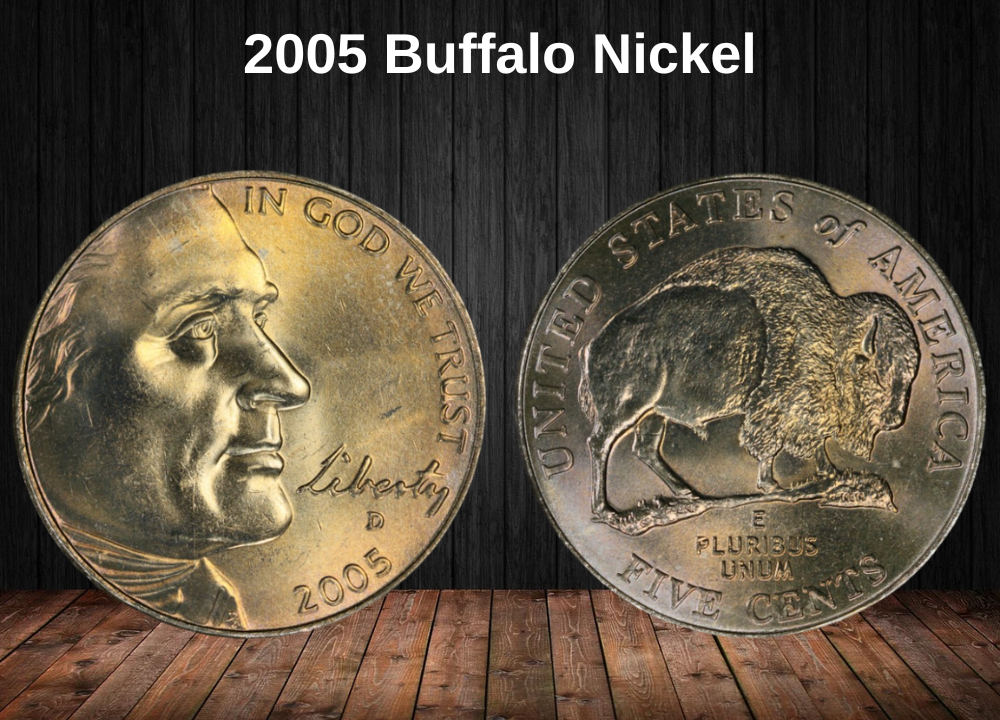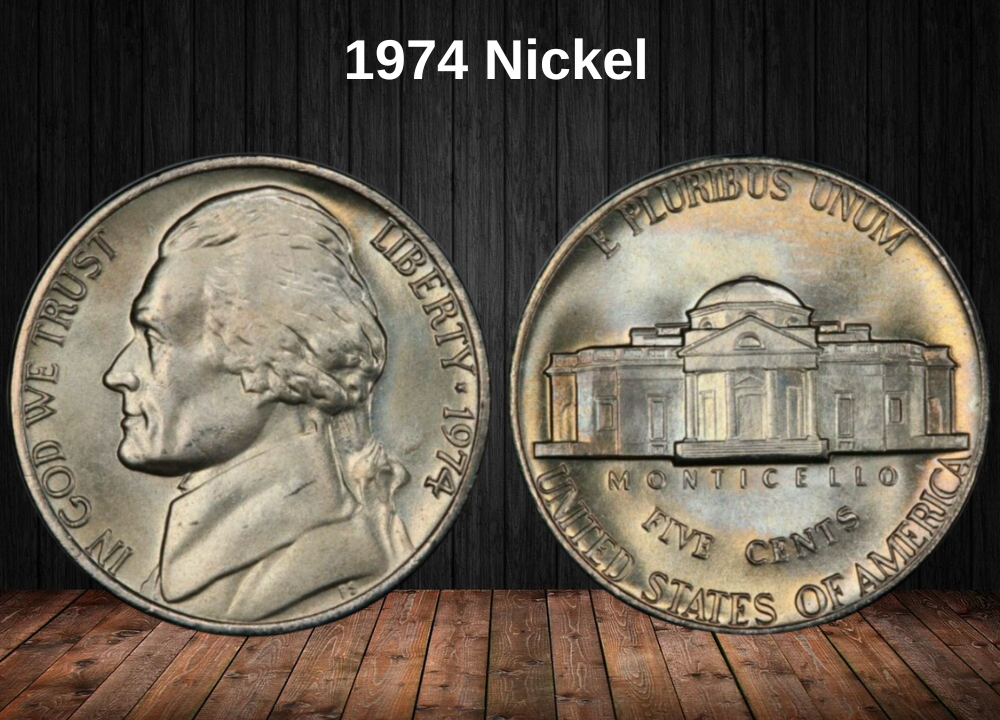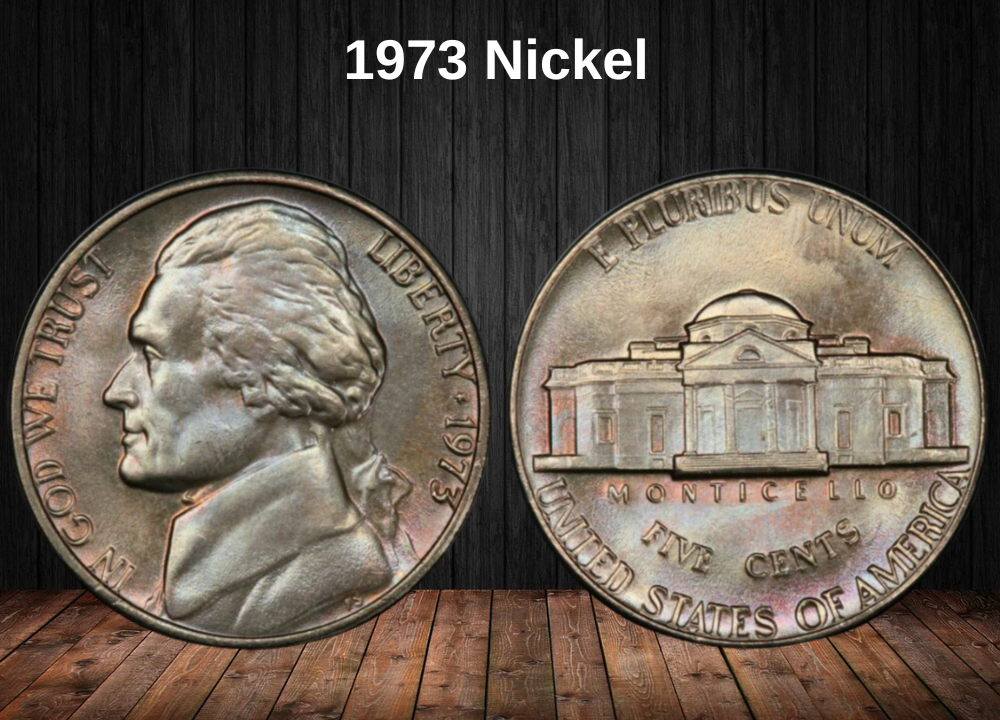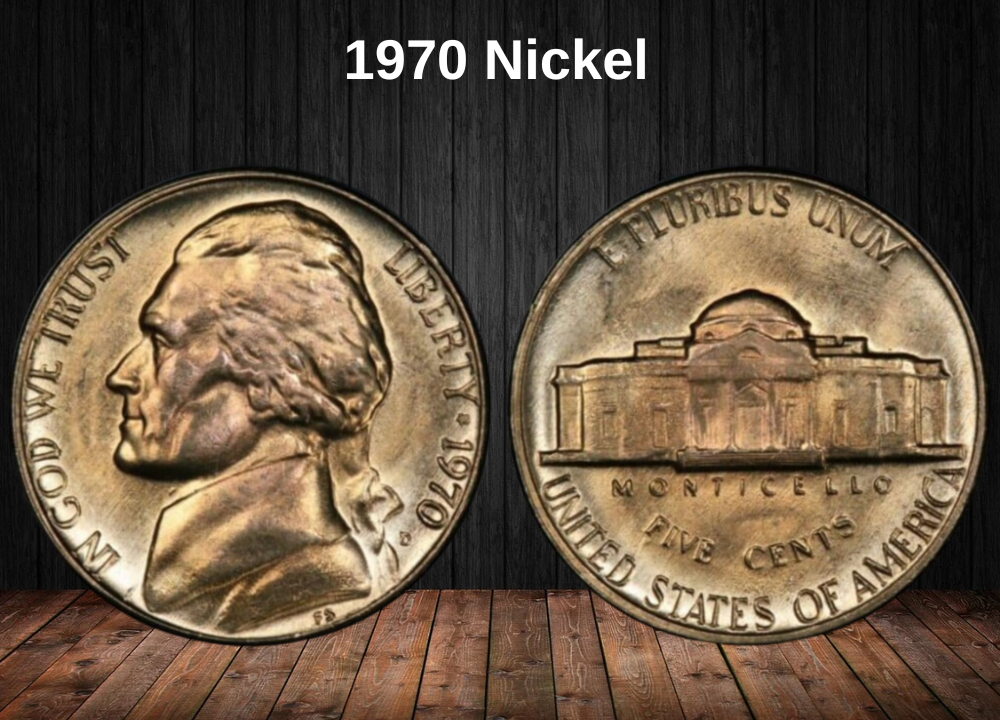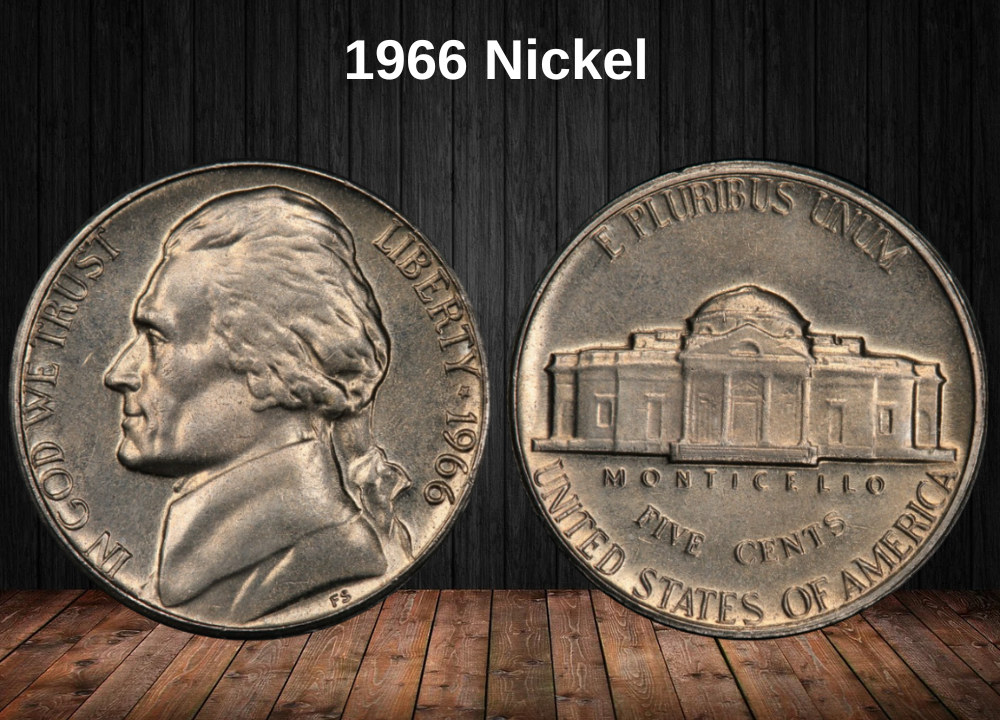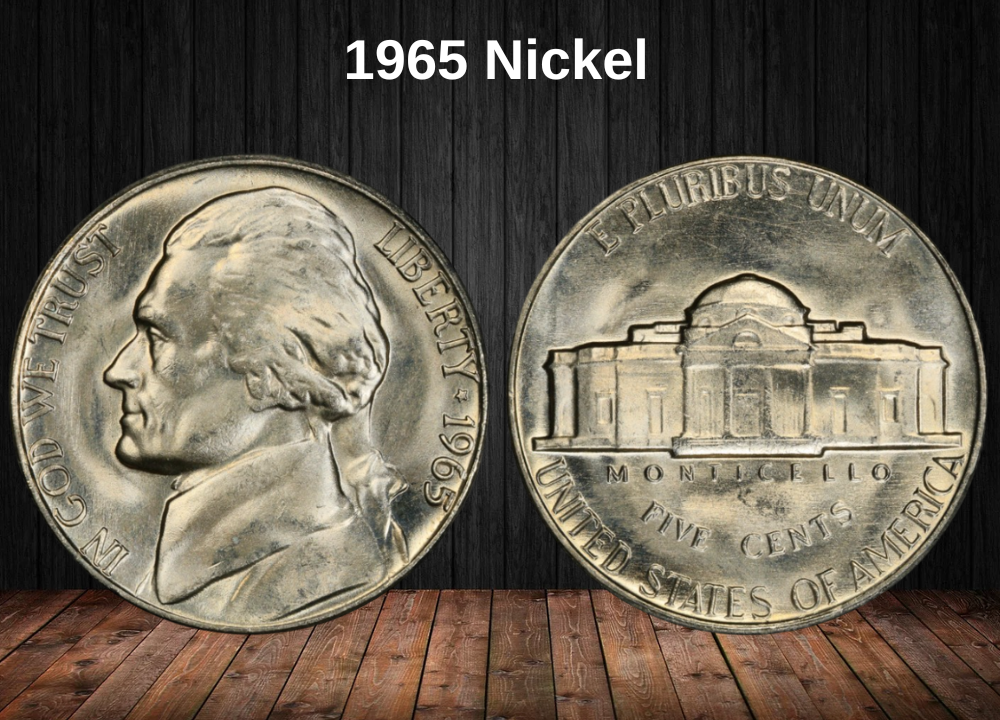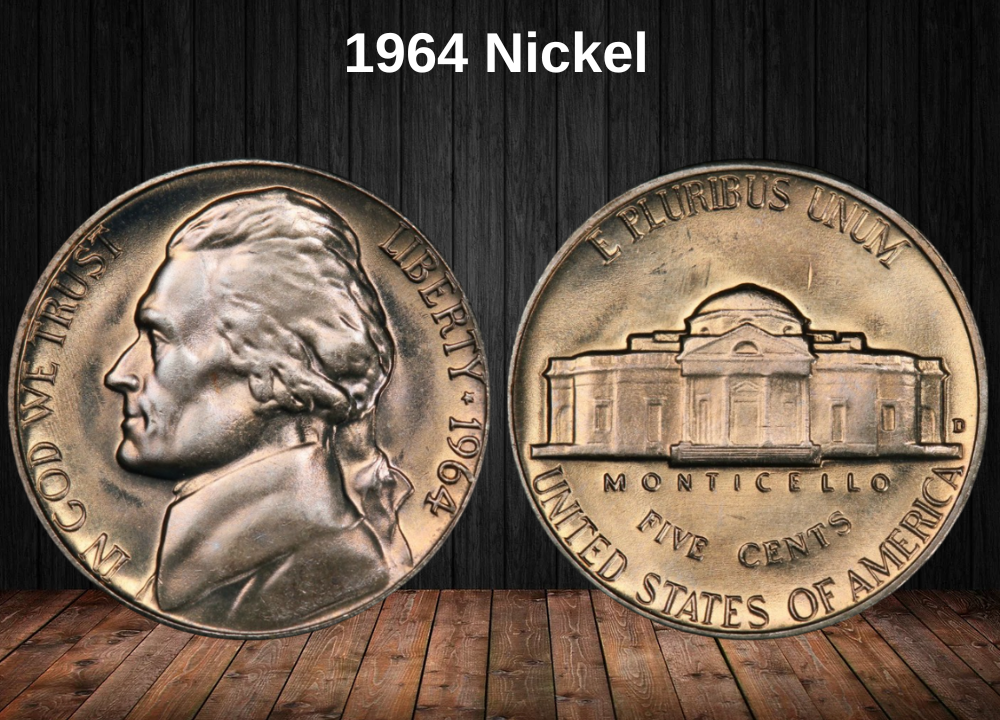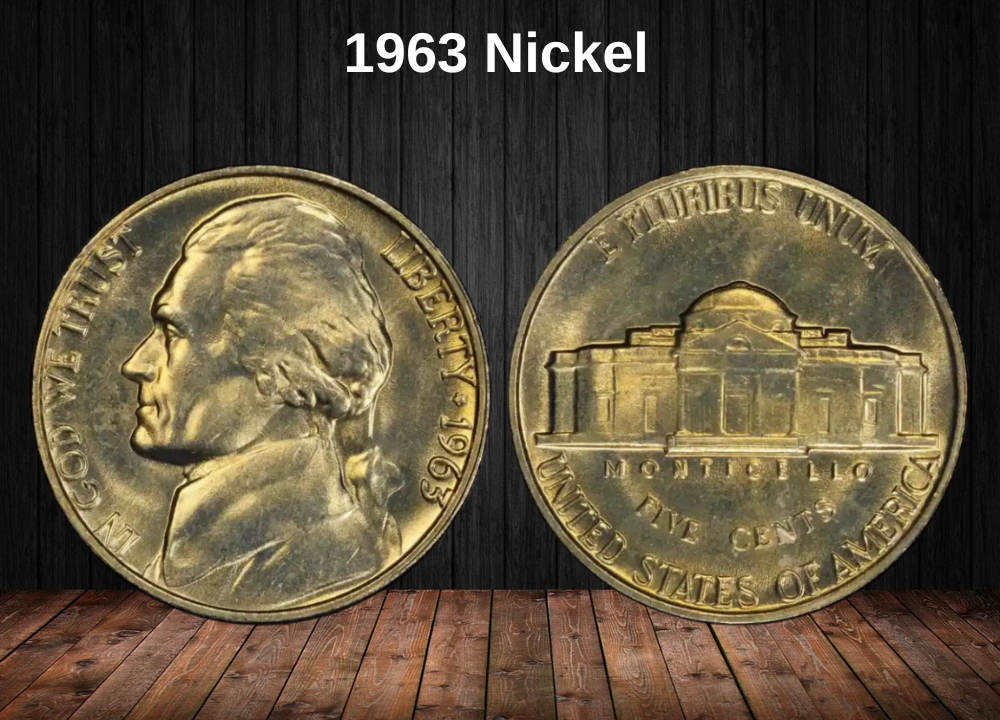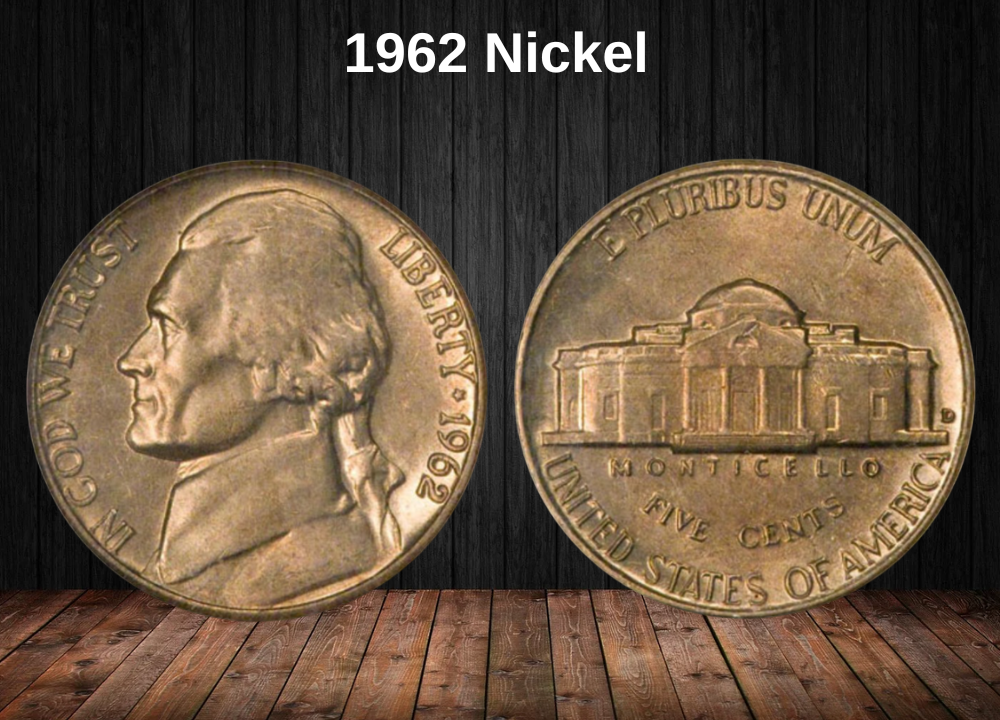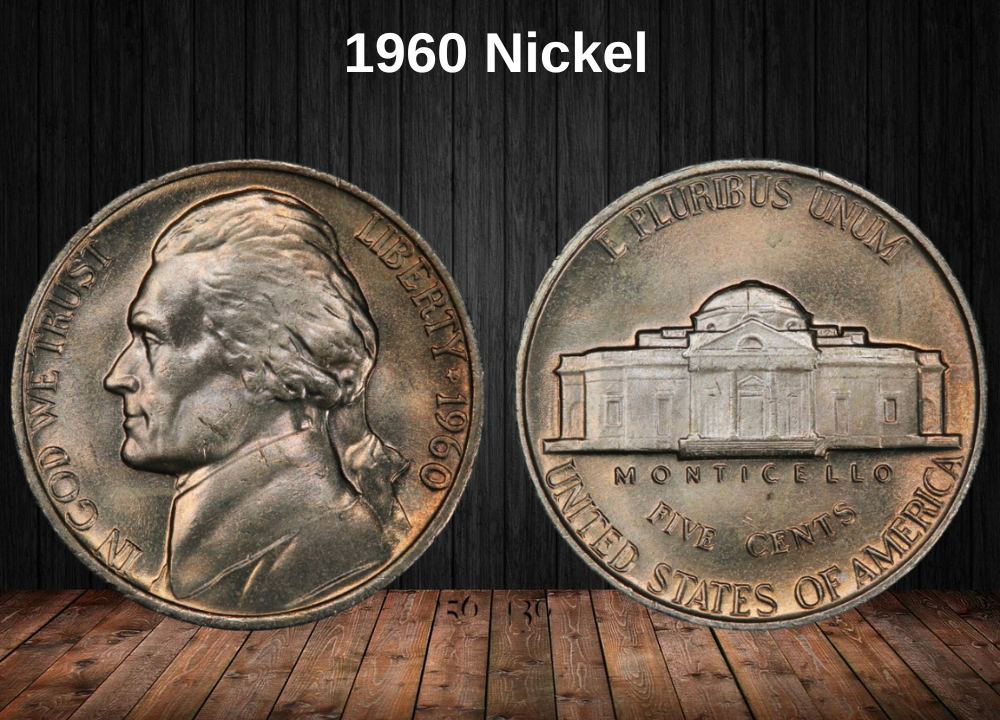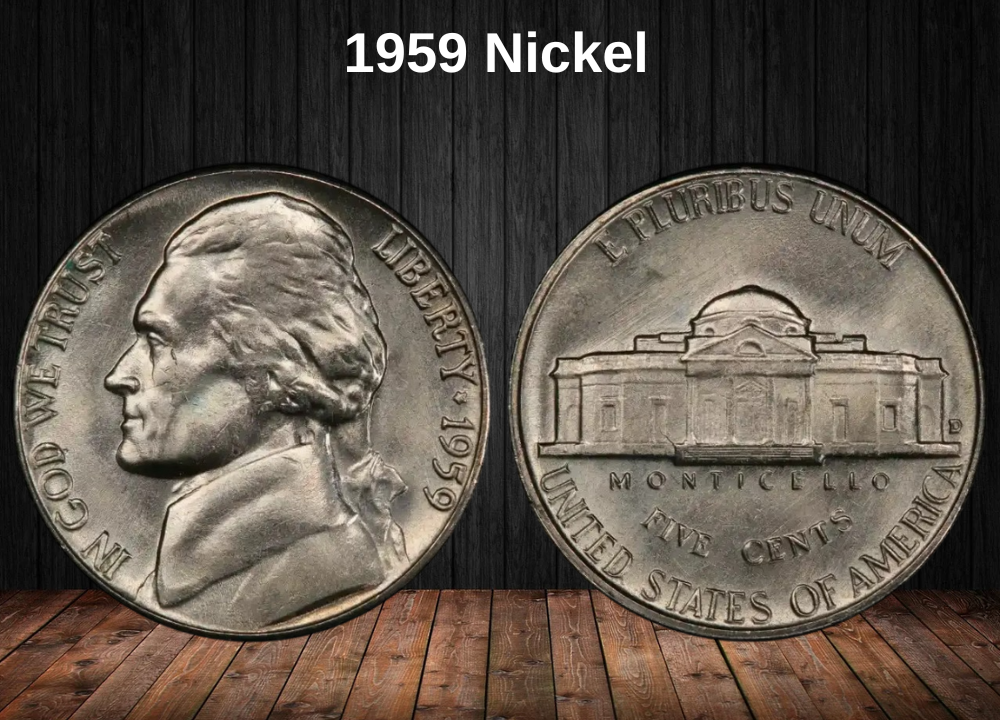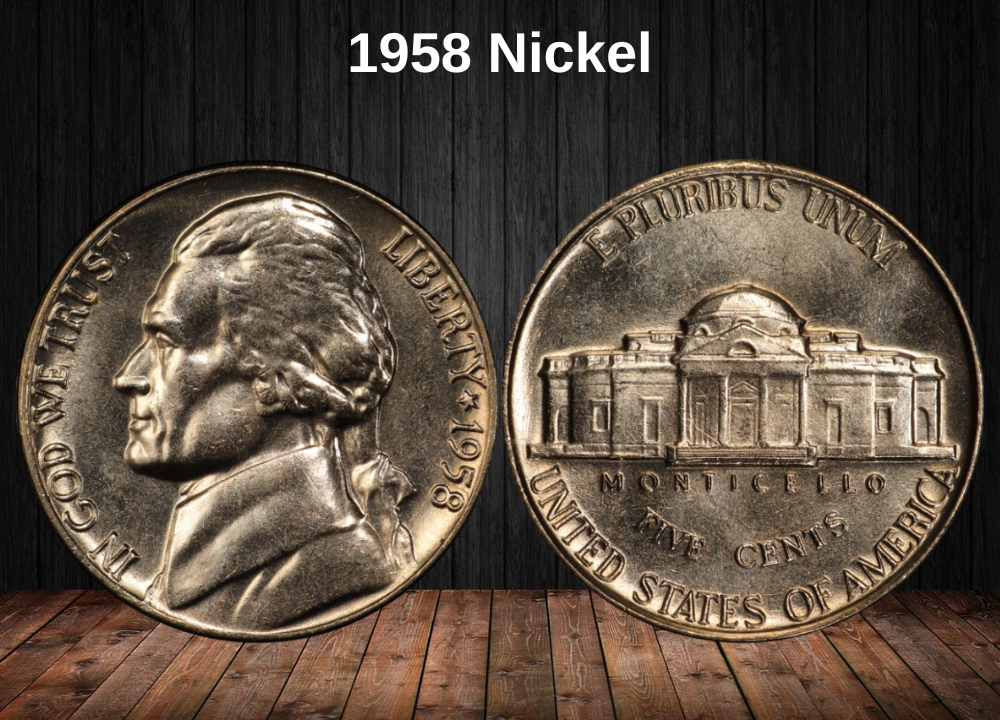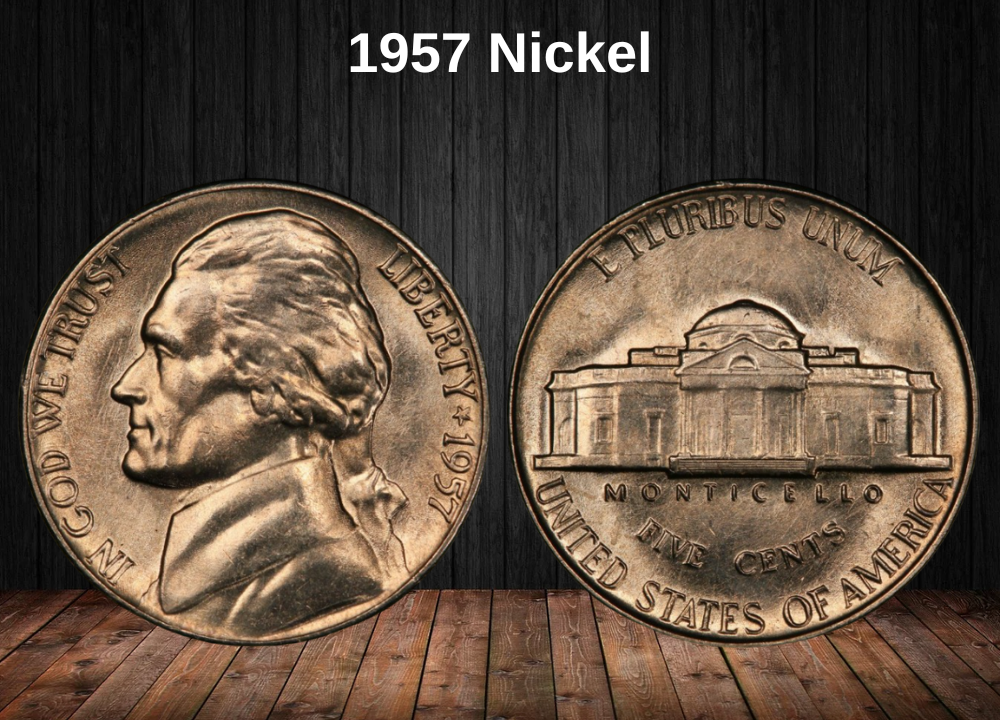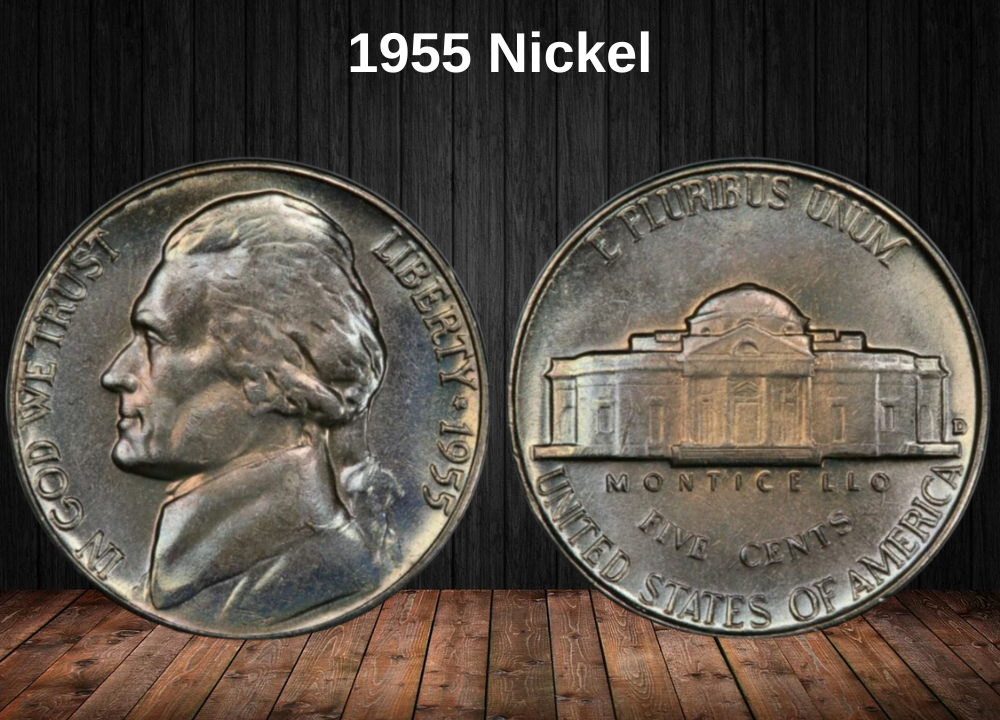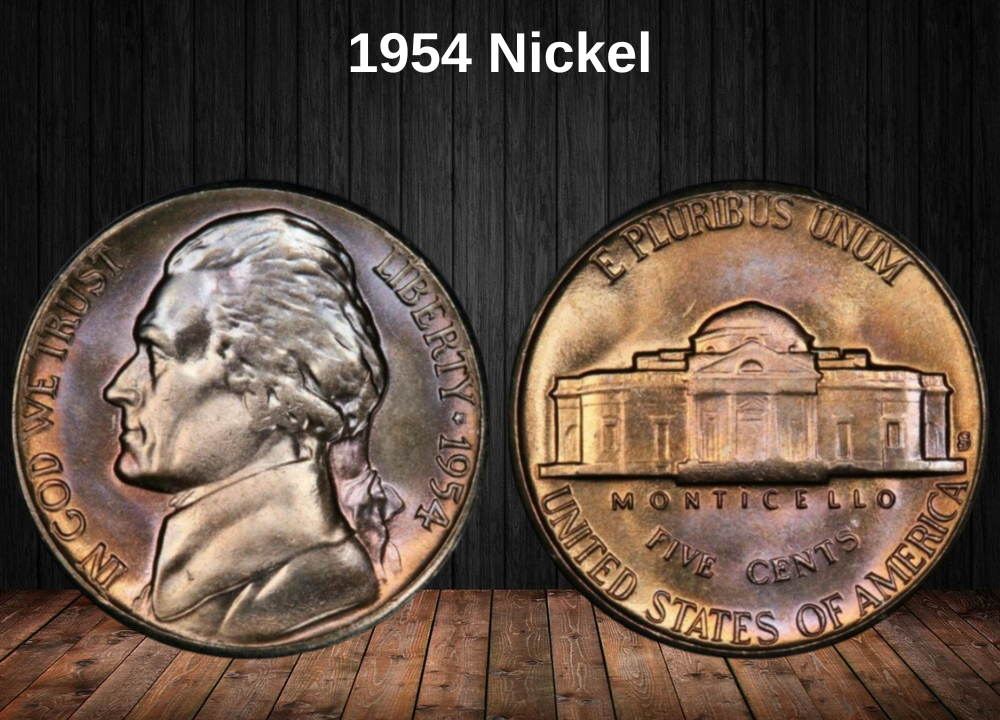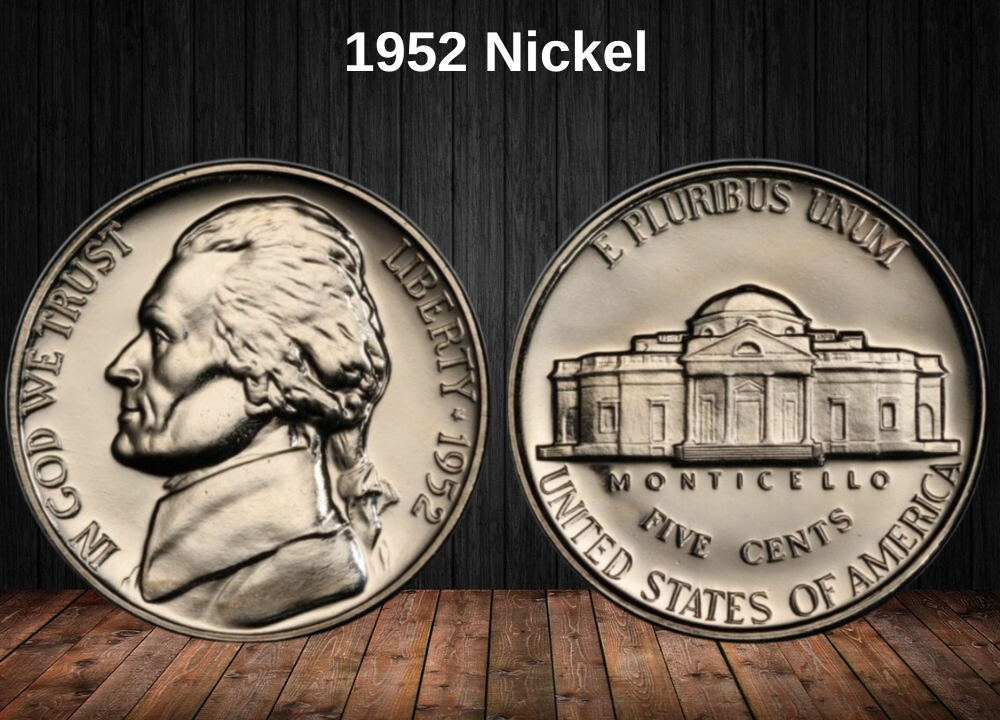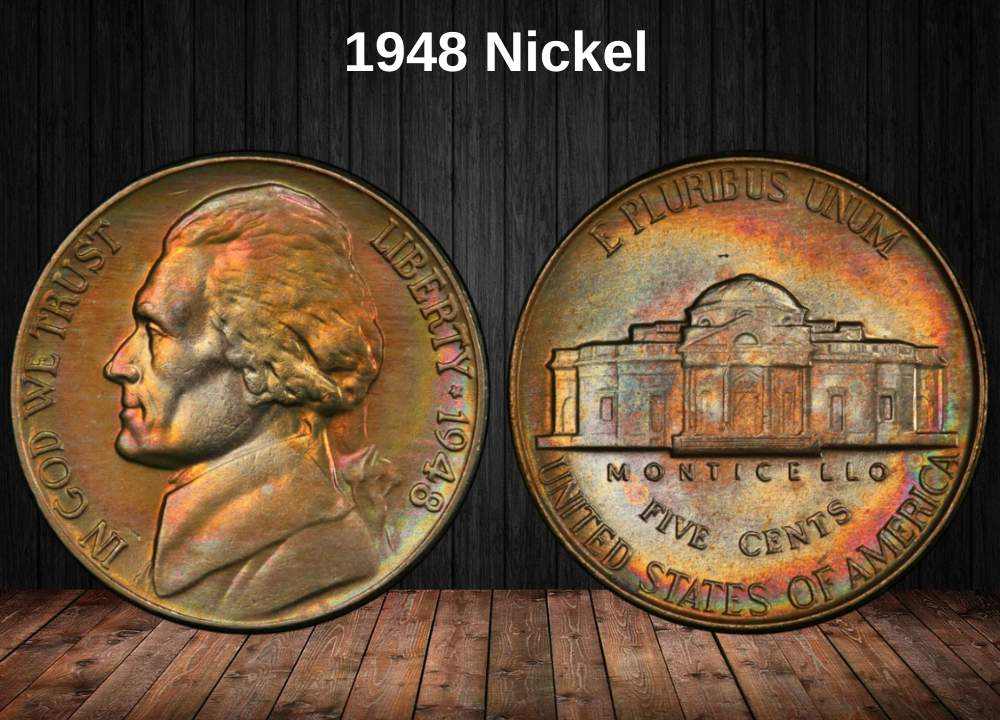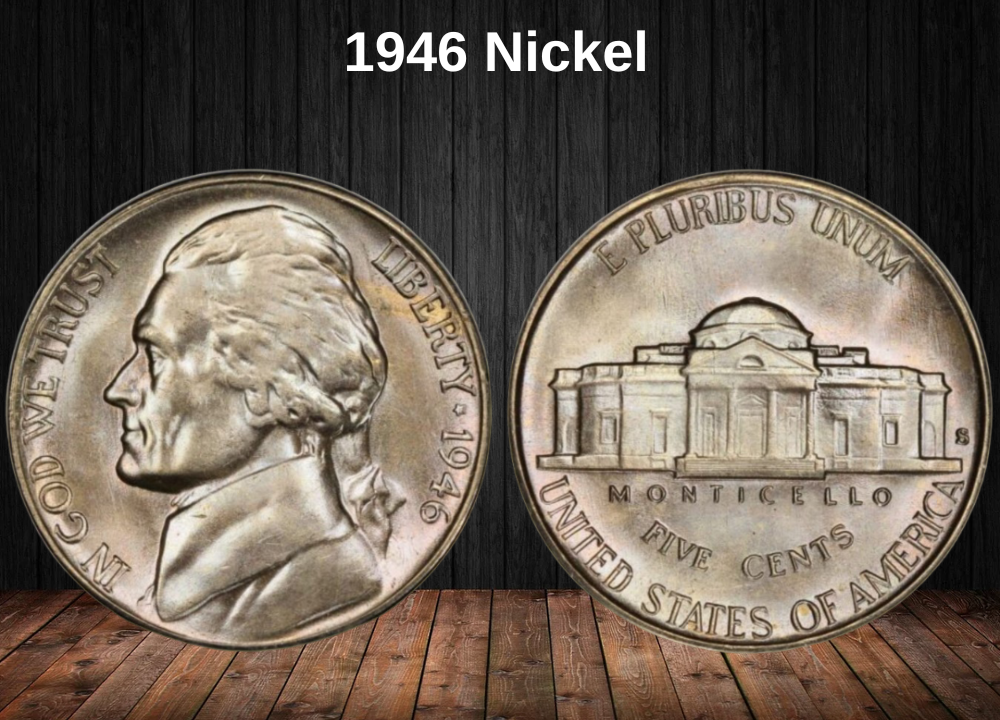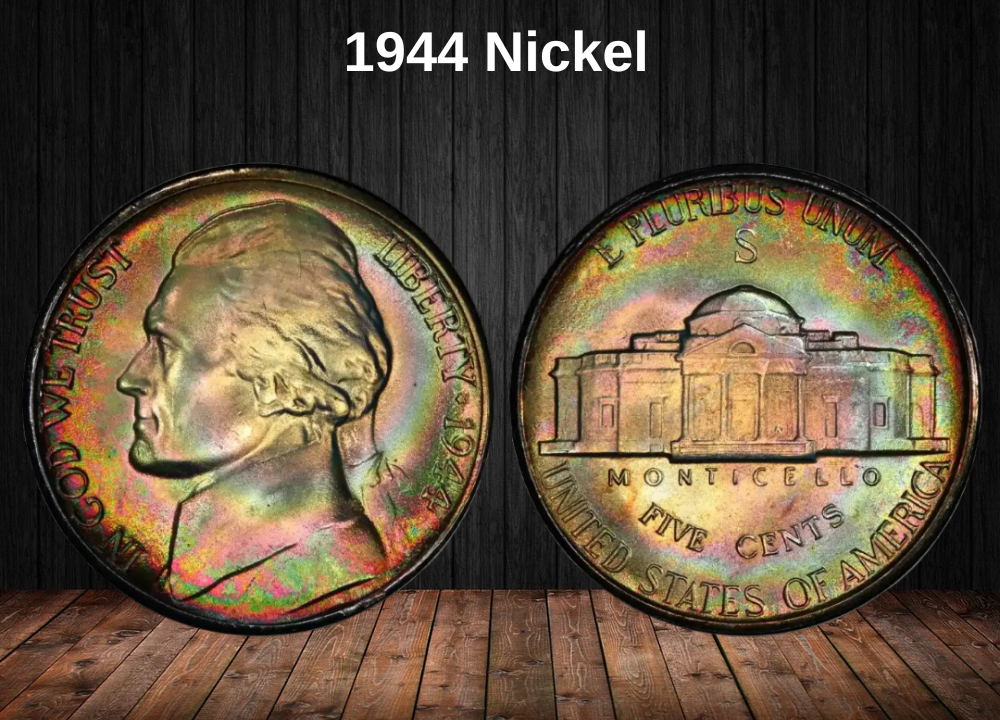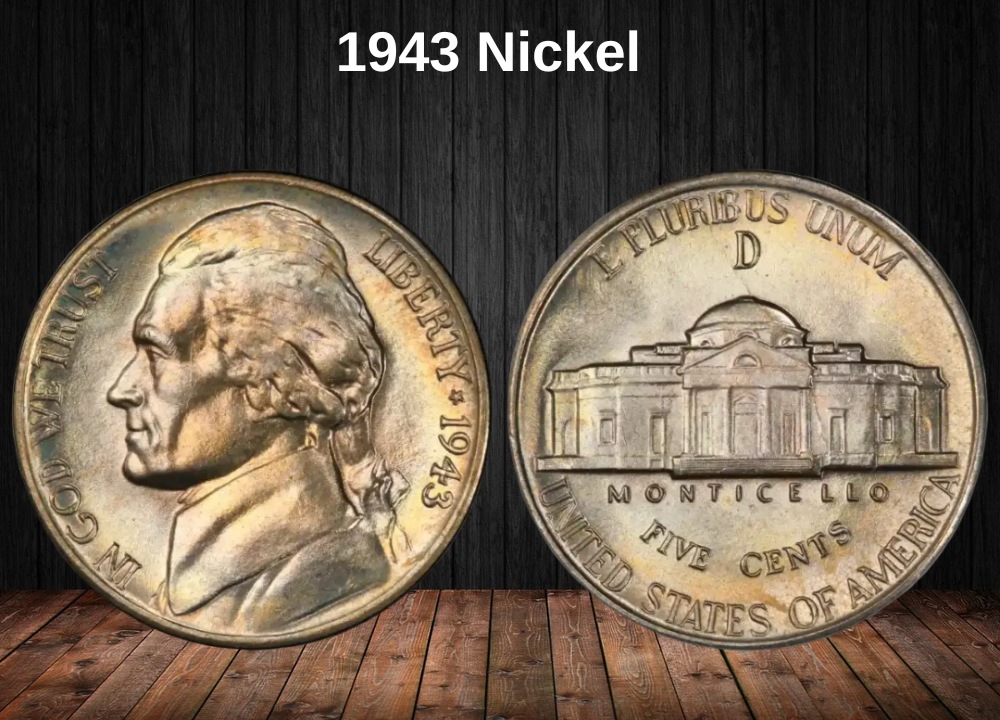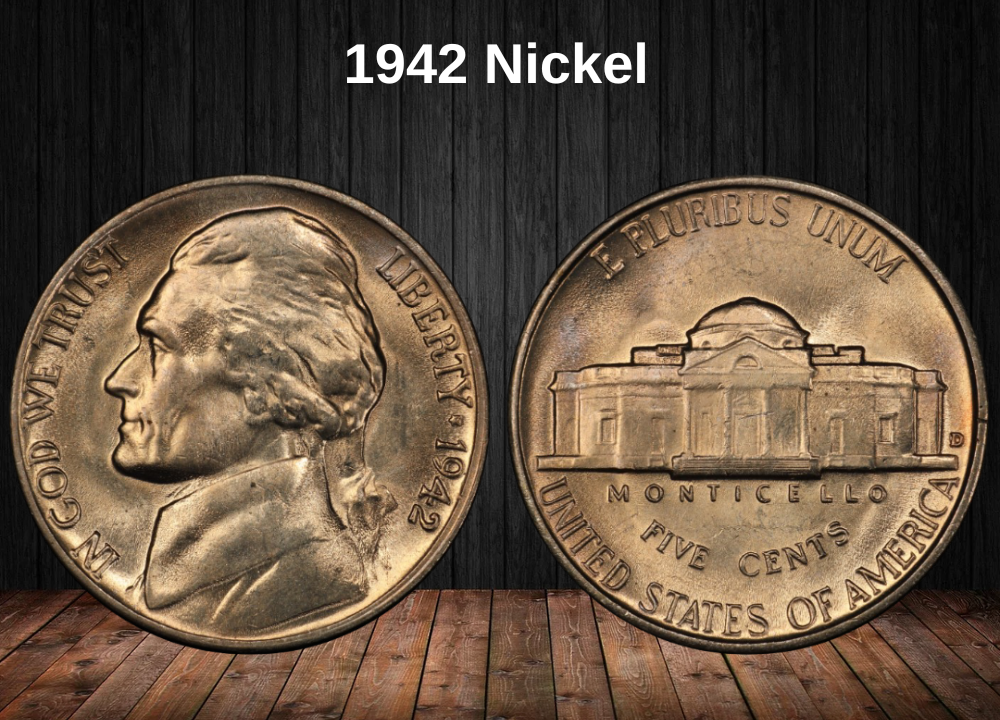Although Jefferson nickels have been in circulation for nearly nine decades, their appeal remains strong among collectors. Introduced in 1938 as a replacement for the Buffalo nickel, these five-cent coins have undergone only minor design adjustments, retaining most of their original features.
Beyond their history, many collectors are drawn to the affordability and collectibility of the 1947 nickel. Its market value depends on key factors such as mint mark, condition, visible damage, and unique characteristics. Notably, coins with the Full Steps designation or mint errors can command significantly higher premiums.
1947 Jefferson Nickel Value Chart
| Condition | 1947 (No Mint Mark) | 1947-D (Denver) | 1947-S (San Francisco) |
|---|---|---|---|
| Very Fine | $0.30 | $0.36 | $0.48 |
| Extra Fine | $0.36 | $0.42 | $0.54 |
| About Unc. | $0.42 | $0.48 | $0.60 |
| MS 60 | $0.91 | $1.84 | $1.84 |
| MS 65 | $14 | $13 | $14 |
History of the 1947 Nickel
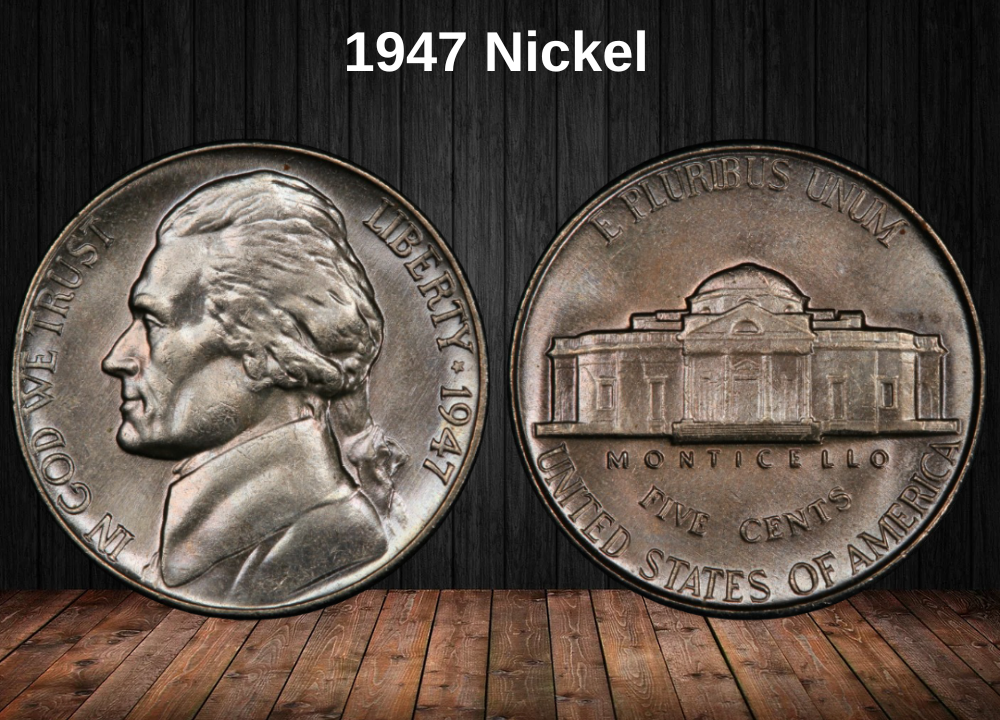
The Jefferson nickel was first introduced in 1938, replacing the Buffalo nickel, which had been in circulation for over 25 years. The U.S. Mint was eager to phase out the Buffalo design, as it was complex and difficult to strike consistently.
Around that time, President Franklin D. Roosevelt pushed for more attractive and modern American coinage. He believed that the nation’s coins should honor U.S. presidents and be visually appealing. In response, the U.S. Mint launched a public design competition to create the new nickel.
The contest had just two requirements:
- A portrait of Thomas Jefferson on the obverse
- A depiction of Monticello (Jefferson’s home) on the reverse
Out of nearly 400 submissions, the Commission of Fine Arts selected a design by Felix Schlag, a German-born sculptor who had immigrated to the United States just a decade earlier.
Although Schlag won the competition, Mint officials asked him to revise the reverse side. They wanted a frontal view of Monticello instead of his original side view, and they requested changes to the typeface used for the inscriptions.
After making the required adjustments, his revised design was approved—and it remained virtually unchanged for 65 years, up until 2003. Although Schlag initially received only a $1,000 prize, the U.S. Mint finally recognized his contribution in the 1960s by adding his initials (“FS”) to the obverse of the coin beneath Jefferson’s portrait.
1947 Jefferson Nickel Mint Types and Mintage
During 1947, Jefferson nickels were struck at all three major U.S. Mints:
| Mint Location | Variant | Mintage |
|---|---|---|
| Philadelphia | 1947 (no mint mark) | 95,000,000 |
| Denver | 1947-D | 37,822,000 |
| San Francisco | 1947-S | 24,720,000 |
| Total | — | 157,542,000 |
The Philadelphia Mint produced the largest quantity, while the San Francisco Mint struck the fewest. Today, these coins are generally common in circulated condition but can be worth more if in Mint State or if they feature rare errors.
Composition and Wartime Background
Although the Jefferson nickel design remained consistent through 2003, its composition did change temporarily during World War II.
Normally, these nickels are made of a 75% copper and 25% nickel alloy. But because nickel was a strategic metal needed for the war effort, the U.S. Mint adopted an emergency alloy from 1942 to 1945, consisting of:
- 35% silver
- 56% copper
- 9% manganese
These special editions are called Wartime Nickels, and they can be identified by a large mint mark above Monticello on the reverse. Starting in 1946, the Mint returned to the original copper-nickel composition—so the 1947 nickels were the second issue after the end of the war to use the standard alloy again.
Features of the 1947 Jefferson Nickels
The obverse of the 1947 Jefferson nickels

The obverse (front) of the 1947 Jefferson nickel displays a left-facing portrait of President Thomas Jefferson, designed by sculptor Felix Schlag. Jefferson is shown with distinctive facial features—his prominent nose, strong jawline, and signature hairstyle are all clearly visible.
Surrounding the portrait are key inscriptions:
- “IN GOD WE TRUST” appears to the left, in front of Jefferson’s profile.
- “LIBERTY” and the year “1947” are positioned to the right, behind his head. A small mint mark (if present) is also found here—either a “D” for Denver or “S” for San Francisco. Coins minted in Philadelphia have no mint mark.
This clean, balanced design has remained iconic for decades and reflects the Mint’s goal of combining classical portraiture with national symbolism.
The reverse of the 1947 Jefferson nickels
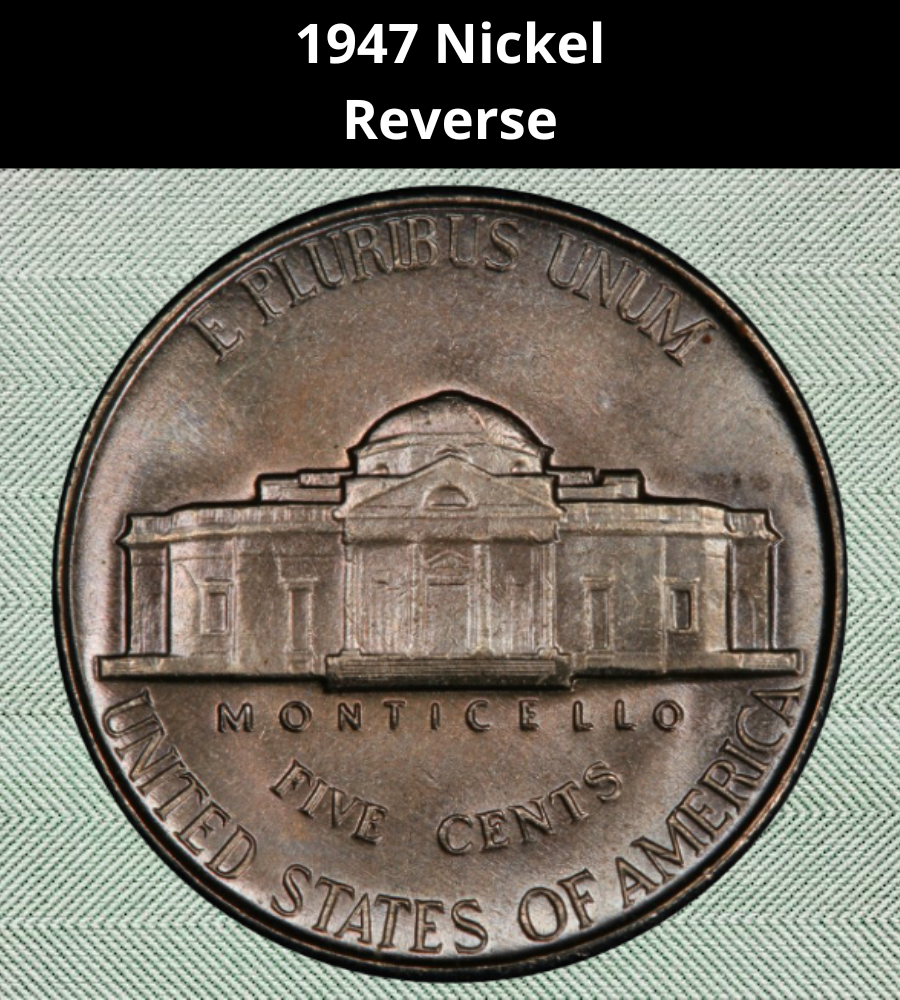
The reverse of the 1947 Jefferson nickel features a detailed image of Monticello, Thomas Jefferson’s historic estate in Virginia. Jefferson personally designed the mansion, incorporating neoclassical elements such as the distinctive dome and the four front pillars, which echo the architecture of the Pantheon in Rome.
Key design elements include:
- “MONTICELLO” inscribed directly below the building.
- The coin’s denomination, “FIVE CENTS”, beneath the name.
- At the bottom rim: “UNITED STATES OF AMERICA”.
- Centered above the building: the motto “E PLURIBUS UNUM” (Latin for “Out of many, one”).
This reverse design, created by sculptor Felix Schlag, remained virtually unchanged for decades and is celebrated for its classical elegance and national symbolism.
1947 Jefferson Nickel Specifications
| Detail | Specification |
|---|---|
| Face Value | Five cents ($0.05) |
| Diameter | 0.835 inches (21.20 mm) |
| Thickness | 0.077 inches (1.95 mm) |
| Weight | 0.176 ounces (5.00 grams) |
| Composition | 75% copper, 25% nickel |
| Edge | Plain |
| Shape | Round |
Other Features of the 1947 Jefferson Nickel
Like most Jefferson nickels, the 1947 edition has a round shape and a plain edge. It is composed of a durable alloy consisting of 75% copper and 25% nickel, a standard blend used for most nickels outside of the wartime years.
Each coin has the following physical specifications:
- Diameter: 0.835 inches (21.2 mm)
- Thickness: 0.077 inches (1.95 mm)
- Weight: 0.176 ounces (5 grams)
These features give the Jefferson nickel its distinctive feel and durability, making it a long-lasting piece of U.S. coinage history.
Grading of the 1947 Jefferson Nickels
Coin grading is a crucial and meticulous process used to determine the exact value of a coin. For 1947 Jefferson nickels, grading plays a key role in assessing collector interest and market price. Professional graders evaluate various factors, including:
- The coin’s overall condition
- The mint mark
- Signs of wear, damage, or imperfections
Most grading services use the Sheldon Scale, a widely accepted 70-point system where:
- 1 represents a coin in Basal State (barely recognizable)
- 70 is a perfect Mint State coin with no flaws under 5x magnification
Here’s a simplified breakdown of the Sheldon scale:
| Grade # | Classification |
|---|---|
| 1 | Basal State-1 |
| 2 | Fair |
| 3 | Very Fair |
| 4–6 | Good |
| 7–10 | Very Good |
| 12, 15 | Fine |
| 20, 30 | Very Fine |
| 40 | Extremely Fine |
| 50 | About Uncirculated |
| 60–64 | Mint State (MS60-MS64) |
| 65 | Mint State Choice (MS65) |
| 70 | Perfect Mint State (MS70) |
Tip: Be sure to check our grading guides to identify your coin’s grade accurately. It’s an essential first step before determining your 1947 nickel’s true market value.
1947 Nickel Value Guides
1947 No Mint Mark Nickel Value
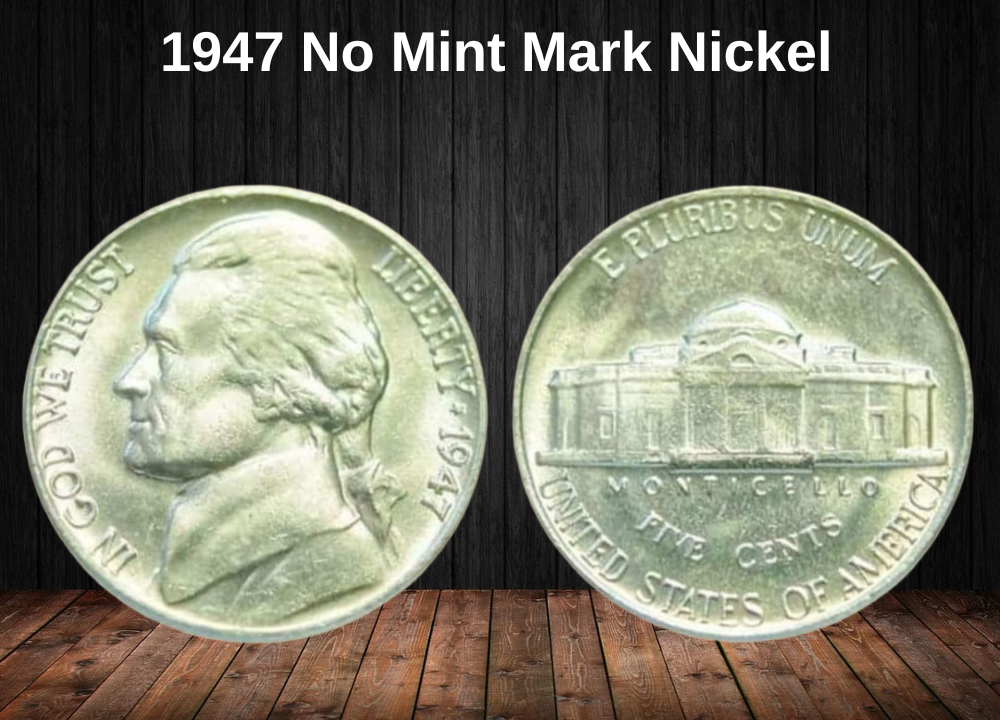
In 1947, the Philadelphia Mint was the sole facility to strike Jefferson nickels without a mint mark, resulting in a massive production of 95 million coins. As a result, these pieces are still commonly found in circulation today.
Circulated Coin Values
Because of their large mintage, circulated examples tend to have modest market value:
- Extra Fine (XF): Around $0.30
- About Uncirculated (AU): Typically worth $0.50 to $0.70
Uncirculated & Mint State Prices
Uncirculated (Mint State) coins start to gain some value, but generally remain accessible to collectors. Lower mint state grades like MS60 to MS62 are valued between $8 and $9.
Here’s a look at what higher-grade pieces can fetch:
| Grade | Market Value |
|---|---|
| MS63 | ~$12 |
| MS64 | ~$20 |
| MS65 | ~$24 |
| MS66 | ~$50 |
| MS67 | ~$215 |
Full Steps (FS) Variety
Coins with the Full Steps designation—showing complete, undamaged steps on Monticello—are more desirable. However, most 1947 nickels with Full Steps only see slight increases in value unless they’re in top condition.
| FS Grade | Estimated Price |
|---|---|
| MS64 FS | ~$24 |
| MS65 FS | ~$42 |
| MS66 FS | ~$500 |
| MS67 FS | ~$1,950 |
Why the Jump at MS67 FS?
Only a very limited number of 1947 nickels exist in MS67 Full Steps, which explains the significant spike in value at this level. Their rarity and near-perfect preservation make them standout examples in the series.
1947 D Nickel Value

In 1947, the Denver Mint struck a total of 32,822,000 Jefferson nickels, each marked with a “D” mint mark on the reverse. While less common than the Philadelphia issue, these coins are still relatively easy to find in circulation today.
Circulated Coin Value
Despite their age, circulated examples of the 1947-D nickel are modest in value:
- Extra Fine (XF): Typically valued at around $0.30
- About Uncirculated (AU): Generally worth $0.50 to $0.70
Uncirculated & Mint State Prices
Even in uncirculated condition, the price of these coins stays surprisingly affordable. Here’s a breakdown by grade:
| Grade | Estimated Value |
|---|---|
| MS60 | ~$4 |
| MS61 | ~$4 |
| MS62 | ~$5 |
| MS63 | ~$8 |
| MS64 | ~$15 |
| MS65 | ~$24 |
| MS66 | ~$30 |
| MS67 | ~$175 |
Full Steps (FS) Designation
Jefferson nickels with the Full Steps designation—indicating sharply defined steps on Monticello—are slightly more valuable, depending on overall condition. Most of these coins range between $8 and $65.
The real standout is the MS67 Full Steps 1947-D nickel, which can command around $475 due to its exceptional condition and scarcity.
But the rarest and most valuable of all is the MS68 Full Steps example—these pristine, ultra-high-grade coins are worth an astounding $13,500, reflecting their rarity and near-perfect preservation.
1947 S Nickel Value
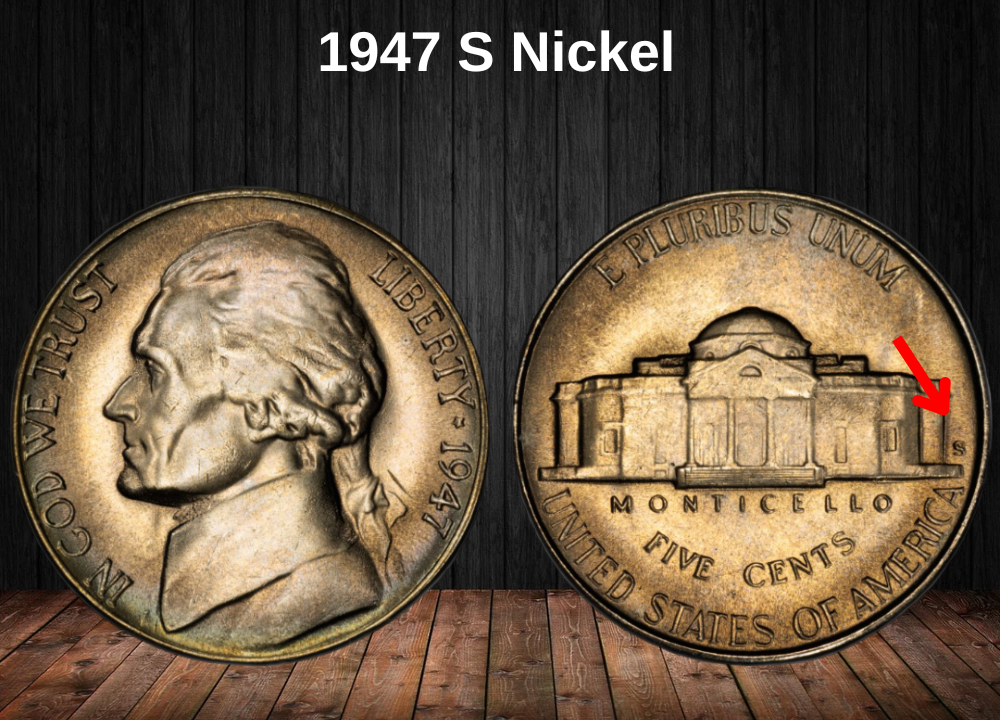
The San Francisco Mint produced the fewest Jefferson nickels in 1947, with a mintage of just 24,720,000 coins. Due to their lower availability, their value differs slightly from those struck in Philadelphia and Denver.
Circulated Coin Prices
Despite their relative scarcity, circulated 1947-S nickels don’t carry a significant premium:
- Extra Fine (XF) and About Uncirculated (AU) examples usually trade for between $0.30 and $0.70, similar to the other mint issues.
Mint State Coin Values
Uncirculated examples are modestly priced across most grades:
| Grade | Approx. Value |
|---|---|
| MS60–MS65 | Under $20 each |
| MS66 | Around $36 |
| MS67 | Roughly $775, due to rarity |
Full Steps (FS) Designation
Collectors highly prize Full Steps 1947-S nickels for their crisp detail and limited availability. These coins bring significantly higher premiums:
- MS64 FS → $25
- MS65 FS → $85
- MS66 FS → $140
- MS67 FS → $3,500
These prices reflect not only their elevated grade but also the exceptional strike quality that’s uncommon for 1947-S nickels.
Rare 1947 Jefferson Nickels Error List
1947 Jefferson Nickel Doubled Die Error
While doubled die errors are among the most sought-after mistakes in U.S. coinage, no major or dramatic doubled die varieties have been officially documented for the 1947 Jefferson nickel.
However, collectors have occasionally reported subtle doubling effects on some coins from this year. If you examine the coin closely, you might notice light doubling on:
- The words “MONTICELLO” and “FIVE CENTS” on the reverse
- Jefferson’s eye on the obverse
- Select letters or digits in the inscriptions
Though not dramatic, these minor doubling features still appeal to error collectors. When authenticated, coins with these traits typically sell for between $25 and $50, depending on condition and visibility of the error.
Repunched Mint Mark
In the 1940s, mint marks were added manually by striking the working dies. Sometimes, if the initial mint mark was misaligned or upside down, workers would re-strike the mint mark to fix it. Because perfect alignment was difficult to achieve, this resulted in overlapping or doubled mint marks known as repunched mint marks. Most 1947 Jefferson nickels exhibiting this error have a value ranging from $3 to $10.
Off-Center Strike
Among coin errors, off-center strikes are highly popular with collectors. This happens when the metal blank (planchet) is not properly centered within the coin press, causing part of the design to be cut off. The coin will show a crescent-shaped missing section on either the front or back. The value depends on how much of the design is missing and if key details like the date and mint mark remain visible. For example, a 1947 nickel with a roughly 50% off-center strike can fetch around $100. However, most off-center errors in this series show smaller misalignments of 5% to 10%, typically valued near $10.
Where to sell your nickel?
Now that you’re aware of your nickel’s value, you may be curious about the best places to sell it. Don’t worry: here’s a rundown of some top online marketplaces where you can conveniently sell your nickels, along with their benefits and drawbacks.
Explore the best platforms for selling nickels online (advantages and disadvantages).
FAQ About the 1947 Jefferson Nickel Value
1. What is the metal composition of the 1947 Jefferson Nickel, and how does it affect its value?
The 1947 Jefferson Nickel is made of the standard 75% copper and 25% nickel alloy, as the wartime silver nickels ended in 1945. Its value depends mostly on condition, mint mark, and collector demand rather than metal content.
2. What mint marks were used in 1947, and how do they influence the coin’s value?
The 1947 nickels were minted in Philadelphia (no mint mark), Denver (D), and San Francisco (S). San Francisco “S” mint mark nickels tend to be less common and more valuable, especially in higher grades.
3. Are there any rare varieties or errors in the 1947 Jefferson Nickel series?
Some 1947 nickels exhibit mint mark repunching and minor die cracks, but no major widely recognized errors. Collectors should watch for repunched mint marks (RPM) which can increase a coin’s value if verified.
4. How does the condition or grade affect the value of a 1947 Jefferson Nickel?
Condition plays a key role; circulated coins often sell for a modest price ($0.10–$1), but uncirculated coins, particularly MS65 or better, can fetch $10 to $50 or more, especially for Denver and San Francisco mint marks.
5. What is the approximate market value range for a 1947 Jefferson Nickel?
Common circulated examples typically range from $0.10 to $1.50. High-grade uncirculated specimens usually range from $5 to $60, with premium values for coins exhibiting Full Steps or other desirable attributes.
6. Are proof coins available for the 1947 Jefferson Nickel, and how valuable are they?
Yes, proof coins were produced at the San Francisco mint in 1947 but in limited quantities. Proofs are much rarer and can be worth several hundred dollars, depending on condition.
7. What tips should collectors follow when authenticating a 1947 Jefferson Nickel?
Collectors should verify mint marks carefully, avoid coins that show signs of cleaning or damage, and consider professional grading for higher-value coins. Inspecting for Full Steps and RPMs can add to the coin’s collectible value.

